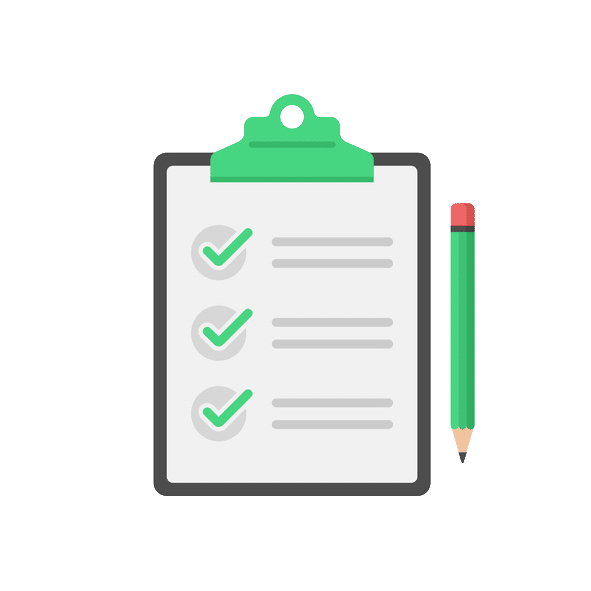What is an FBA
FBA stands for functional behavior assessment or analysis. If a parent or teacher notices problematic behavior in school, they can request an FBA. The FBA can be done by a teacher, school psychologist, school social worker, or even another person on the team that is going to put constant eyes on the child to collect data.
When doing an FBA, you are pinpointing behaviors that are problematic. You need to gather data from multiple settings at multiple times of the day to understand why the behavior is happening. You are essentially looking for patterns. If you do not assess from multiple settings and times, the behavior may be a single incident that arose from something as simple as being hungry.
FBAs are very useful and a lot of data can be collected. We are analyzing the function of the behavior. There are 3 basic functions that come through in these FBAs: attention, escape or avoidance, and physical pleasure. When you discover the function of the behavior, you then come up with a plan to replace that behavior or add supports to change the behavior to a more desirable behavior.
If you have a behavior plan in place that feels like it is not necessarily working, behaviors are not decreasing or you feel the proper reinforcements are not in place for the child, an FBA is highly recommended.
